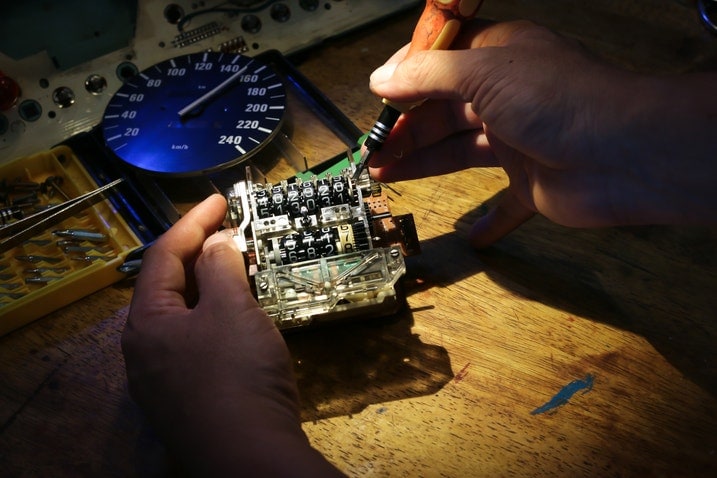Photo: Ensup | iStock via Getty Images
An odometer, usually located below a vehicle's tachometer or on the driver information screen, displays the total miles the vehicle has traveled in its lifetime. Knowing how many miles (or kilometers) your car has traveled — also known as an "odometer reading" — can be helpful in many ways. Odometers can help you track when to take your vehicle in for routine maintenance. The lifetime of certain vehicle parts is measured in miles, so the odometer becomes the method to track whether they need to be replaced. There are more ways your car's odometer can be helpful, so keep reading to learn how to utilize it to its full potential.
Why are odometers important?
An odometer's primary purpose is to display the car's total mileage. Still, there are many ways that odometer reading can be helpful. Recommended service intervals typically range from every 5,000 to 10,000 miles, so your odometer will let you know when you'll need to take your car in for service next. You can also set different trip computers in some vehicles to track the miles of a trip and use them to calculate your trip's fuel economy.
The resale value of a car is significantly affected by the number of miles it has. Cars depreciate as soon as they are driven off the lot, so those with lower mileage typically command higher prices.
Mechanical vs. digital odometers
In the past, cars used mechanical odometers, while digital odometers are now the standard. With a mechanical odometer, each number corresponds to the rotation of the wheels via a drive mechanism and cable located at each corner of the vehicle. On the other hand, digital odometers do not directly track the mechanical components, such as the car's wheels. Instead, the car's computer system records the mileage and displays it on a digital screen.
What is an odometer disclosure statement?
The National Highway Traffic Safety Administration (NHTSA) requires that all cars sold that are 20 years old or newer have an odometer disclosure statement to verify the mileage and prevent fraud. Model year 2010 and older vehicles are exempt from federal odometer disclosure requirements.
So, you're selling a newer car. In that case, you'll need a legal form verifying the vehicle's odometer reading to the buyer. You can get one from your state's Department of Transportation website, a U.S. bank, or any dealership where you are buying a car.

